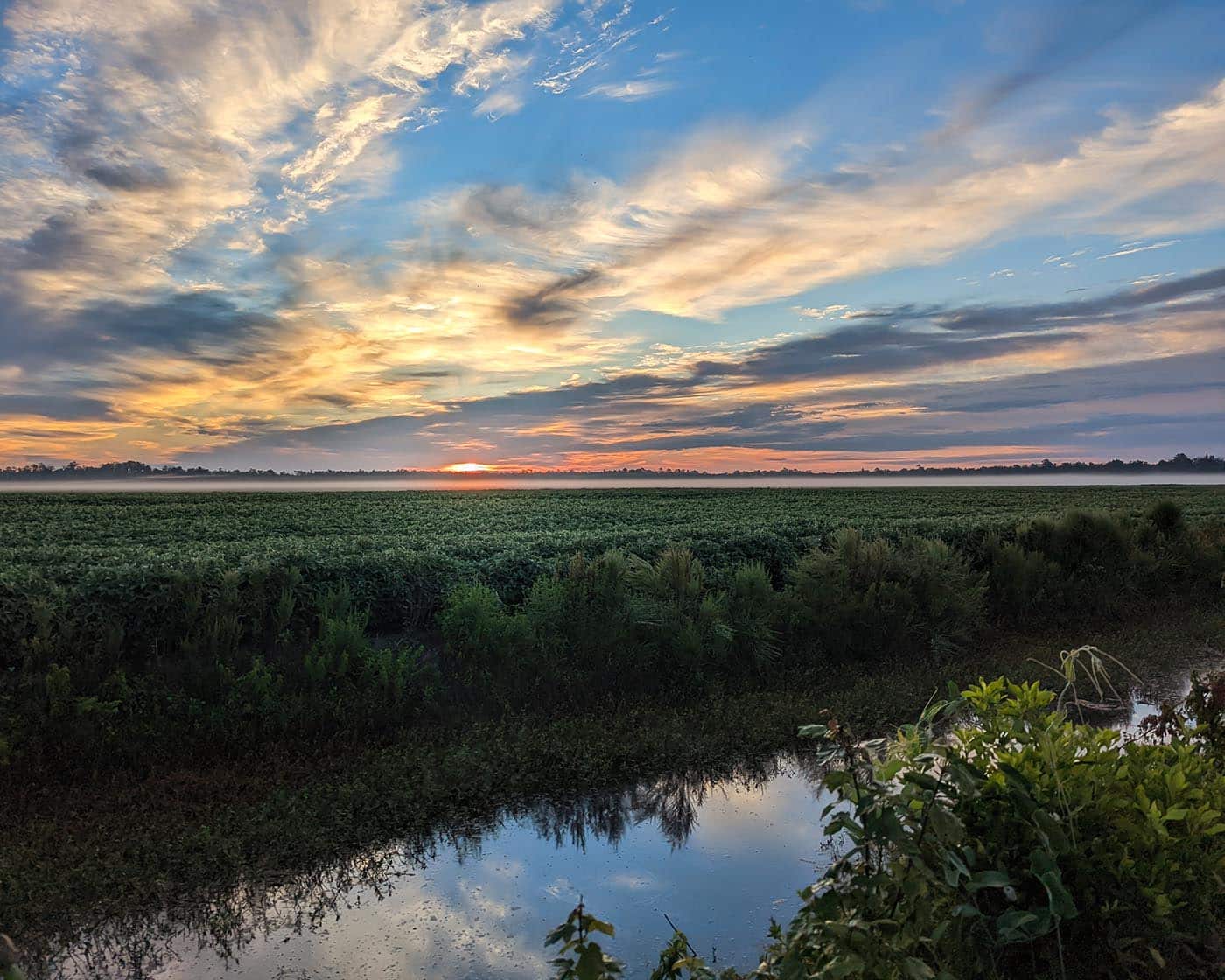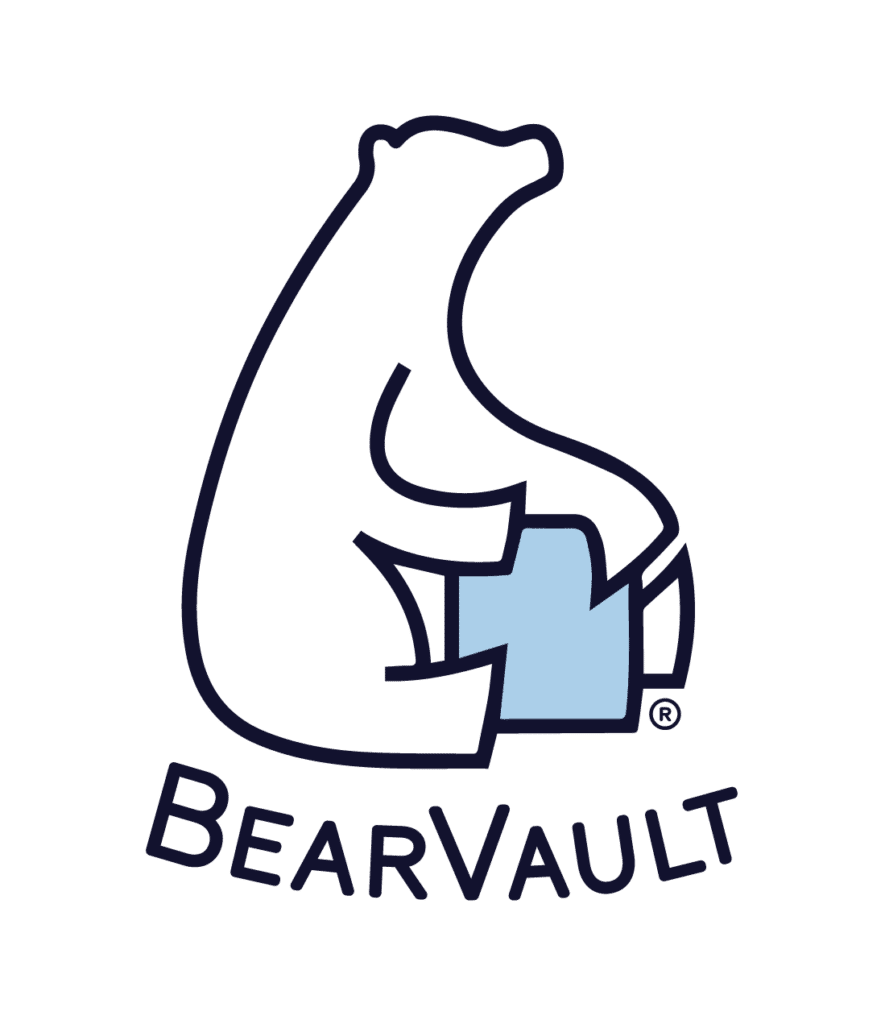
Where are Bears in North Carolina?
- Cassia Rivera


Throughout North Carolina, from the mountains to the sea, the American black bear
population continues to grow. These highly intelligent animals captivate the imagination
of the public who may encounter them in the mountains, on trails, near campgrounds, in
the forest and through swamps and marsh. One of my favorite ways to learn about
these intuitive omnivores is to track them on foot statewide, through the habitats they
call home.
Mountain Habitat

The Great Smoky Mountains and the surrounding national forests are home to a large
population of bears. There is adventure at every turn as trails lead to waterfalls, high
elevation overlooks, and open meadows filled with wildflowers. During my hikes out into
these awe-inspiring surroundings, I like to stay close to water sources and areas high in
vegetation. I often find myself checking for scat, bear tracks, and claw marks etched in
dead wood along the trail. Because the mountain range has many twists and turns on
the trails, I’m always prepared to encounter a bear just around the bend!
Forested Habitats

In the central part of the state, foothills and forested habitats are referred to as the
Piedmont Plateau. While a small bear population is intact here, it’s in this region where
many of the bears encountered are simply passing through. From yearlings venturing
out into the great big world for the first time to males setting out to travel in search of a
mate, people can easily encounter a bear anywhere here during the summer months.

When I set out to track bears in this part of North Carolina, I try to hike trails that lead
me near open fields. Treelines that flank an open field are preferable for black bears as
they use the density of the forest for cover and also have the convenience of an easy
foraging session within the fields of green. Around 85% of a bear’s diet consists of
fruits, veggies, nuts and insects so forests and fields play a key role in their survival!
Wetland Habitats

The eastern side of North Carolina, also known as the Coastal Plain, not only has the
largest population of black bears in the state but is also home to some of the more
sizable bears ever found on record in the United States. The reason bears grow so
large here is because food availability is high and the climate does not support true
hibernation. The bears’ favorite foods are not only in abundance here but also coupled
with endless crop fields like corn and soy. Because bears are opportunistic, food driven animals, they are eating more than the average black bear in this area with so much
food to choose from.

Tracking bears in this region is a thrill for me because one trail can
lead through swamps and marsh, and another trail can lead me into lowland forested
habitats. On a good day, I can walk away from a day-long adventure with too many bear
encounters to count! I’ve learned so much about these sentient beings by spending
thousands of hours on foot with them in the coastal plain. After all the time I’ve spent on
foot with the American black bear, there is one very important element to my outdoor
adventures that helps keep bears wild and my encounters peaceful.
Food Storage

One of the ways I ensure bears stay wild in my presence is by making sure I pack
away all food and toiletries using my BearVault canister. With each habitat I hike
through, there is an opportunity to correctly store these items at the campground, in my
hiking pack, and even in my car when I’m parked near a trailhead. It is so incredibly
important for me to leave no trace so that I am not a part of them becoming habituated
to human food. Once these fulltime foragers look to me for their next snack, they are no
longer truly wild. Unfortunately, it is the bear who has to pay the ultimate price for
getting into human food. When these items are properly packed in and out of their
habitats, we get to enjoy peaceful encounters with some of the most intelligent land
mammals in North America while keeping them wild!

Adventure Ambassador:
Cassia Rivera
Hi there! My name is Cassia Rivera and I’m a passionate wildlife conservationist, photographer, filmmaker, and bear enthusiast! I love to bring my passion for the outdoors and wildlife to others through the art of storytelling, and am grateful I’ve had the opportunity to do so through my photos and films. One of my favorite parts of this journey has been sharing my love for the natural world with my husband and two boys out on the trails!


